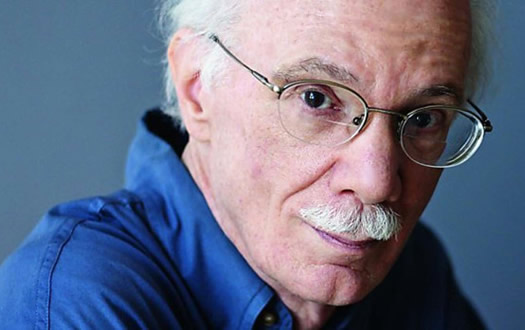

Click to enter the gallery
Space Odyssey 2.0, a collaborative art installation opening this month in Belgium at art house Z33, asks some big questions about art and outer space: What is the role of science in art? How has the DIY movement changed our view of space travel? What if somebody went to the moon with a bunch of geese?
It’s not the first time, of course, that space has inspired art. (The first sci-fi movie, A Trip To The Moon, came out in 1902, a long time before the actual Space Odyssey.) But space has assumed renewed urgency as a source of artistic inquiry in recent years, with the increasing privatization and popularization of space travel. We’re seeing artists who make home-brew satellites: What else can artists do with science?
The international group of artists contributing to the project have different styles–some work in the abstract, others are inspired by sci-fi–but everything is captivating and more than a little weird. Brian McCutcheon sends astronauts shopping; Frederik De Wilde develops surreal images from real math; and Agnes Meyer-Brandis re-tells a 17th-century story about a man going to the moon, with geese in tow.
Stanley Kubrick would be proud.










![67 Years Of Classic Sci-Fi Covers In One Incredible Image [Infographic]](https://www.popsci.com/wp-content/uploads/2019/03/18/VIQWC4G6CZS6EEW23ZO2KWHW7A.jpg?quality=85&w=525)

![What The Future Will Look Like, According To Famous Science Fiction [Infographic]](https://www.popsci.com/wp-content/uploads/2019/03/18/RZLJ3QQSFO7JRLRZ7EFA2QH2FY.jpg?quality=85&w=525)


![A Size Comparison Of Sci-Fi’s Greatest Machines And Monsters [Infographic]](https://www.popsci.com/wp-content/uploads/2019/03/18/5WIBA7IOLX2PH5DQPIAG727XRM.jpg?quality=85&w=600)




![What’s The Flavor Difference Between Scotch And Rye? [Infographic]](https://www.popsci.com/wp-content/uploads/2019/03/18/5AZIKTA2W4A3TYPHFXPNEZXA6Y.png?quality=85&w=525)




